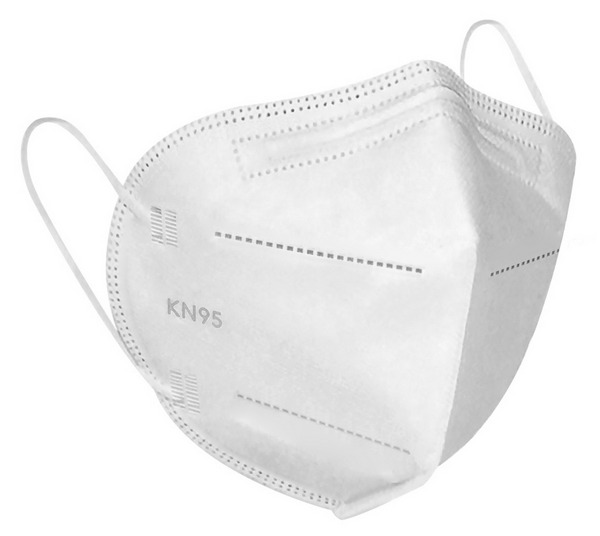Site: Home > Home > News and events
Preventing moisture accumulation within a mask can help maintain its breathability and minimize discomfort for the wearer. Here are some measures that can help prevent moisture buildup:
1. Choose Breathable Materials: Select masks made from breathable materials that allow moisture to evaporate easily. Materials like cotton or other moisture-wicking fabrics can help absorb and dissipate moisture, reducing the chances of accumulation.

1. Use Moisture-Resistant Layers: Incorporate moisture-resistant layers within the mask design. These layers can be placed on the outer side of the mask to prevent moisture from penetrating into the inner layers. Moisture-resistant materials, such as non-woven fabrics or hydrophobic coatings, can be utilized for this purpose.
1. Improve Ventilation: Enhance ventilation within the mask by incorporating features like mesh panels, perforations, or vents. These allow for increased airflow, facilitating moisture evaporation and reducing the likelihood of condensation buildup.
1. Proper Fit and Seal: Ensure that the mask fits snugly and forms a proper seal around the face. A well-fitted mask reduces the escape of exhaled breath, directing it through the designated filtration area instead of accumulating within the mask.
1. Breathable Filters: Choose filtration materials that strike a balance between filtration efficiency and breathability. Some materials, like electrostatically charged fibers, can provide effective filtration while allowing air to pass through more easily, reducing moisture accumulation.
1. Regular Replacement: Replace disposable masks regularly, especially if they become damp or visibly moist. Moist masks are less effective and can become breeding grounds for bacteria. By using fresh masks, you can minimize the chances of moisture accumulation.
1. Proper Hygiene Practices: Encourage users to maintain good hygiene practices, such as washing their face before wearing a mask and avoiding the application of heavy moisturizers or creams that may increase moisture retention. Additionally, users should avoid excessive sweating by choosing appropriate mask materials and ensuring proper ventilation in the surrounding environment.
It's important to note that while these measures can help reduce moisture accumulation, some level of moisture may still occur during extended mask use, particularly in high-humidity environments or during intense physical activity. Regular breaks and proper mask rotation can help mitigate this issue.
Copyright 2022:Qinsun Instruments Co., Limited
High-end textile tester supplier Email:info@qinsun-lab.com | Textile Testing Equipment pdf | Tel:021-67800179 |